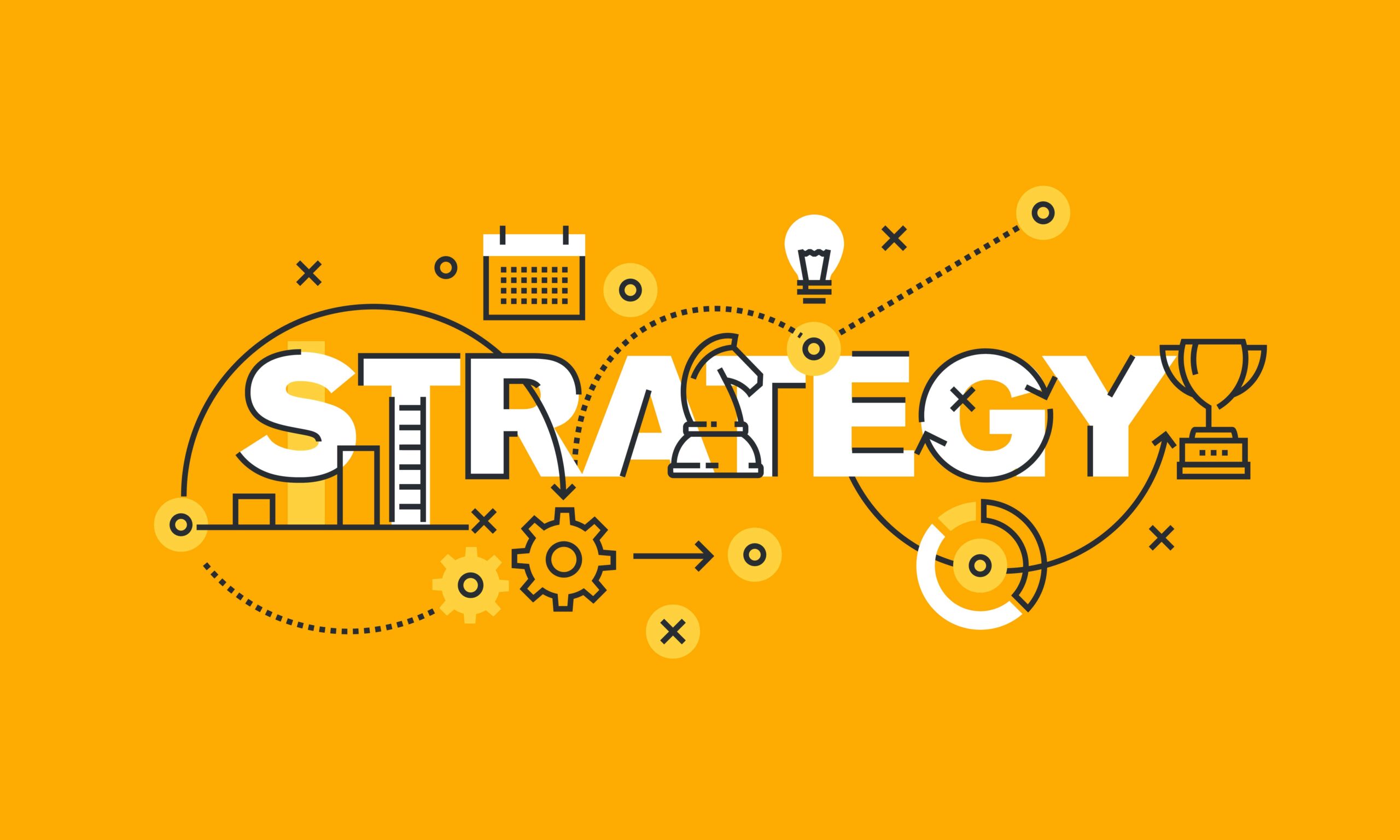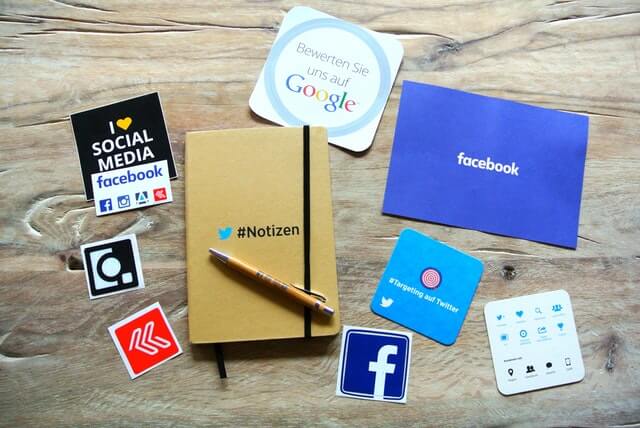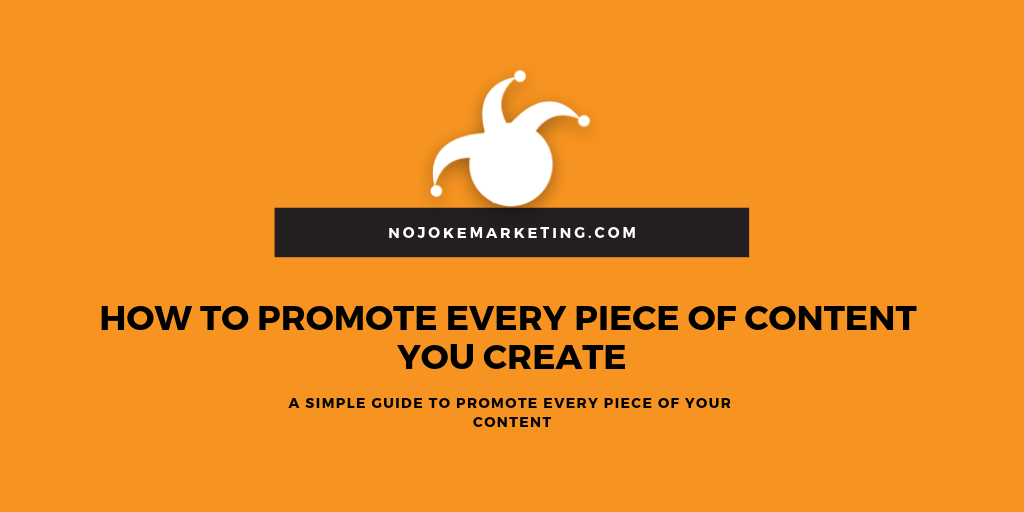Traditional marketing and digital marketing differ in a variety of ways. However, they can go hand-in-hand if you come up with a goal-oriented strategy. Depending on your audience, you may want to try using different avenues in order to reach them. Ultimately, your aim is to promote your brand, increase overall awareness, and drive revenue. Of course, no strategy will be effective if you don’t know what you want to achieve. This is why it’s important to set specific goals, complete with metrics and an ability to analyze your numbers, in order to pivot your efforts and strategy accordingly.
While digital marketing certainly has its pros, just because it’s relatively new doesn’t mean it works for everyone. Obviously, if your target audience is made up primarily of millennials, utilizing any type of online marketing approach will be effective. But if you’re trying to reach older generations, you may need to use an approach that doesn’t rely as heavily on the internet. For example, if you’re a lawyer who specializes in elder law, you’ll want to target older generations (such as ”Baby Boomers”) in order to gain more clients. The best way to reach this type of audience is primarily through traditional methods, such as newspaper ads, magazines targeted towards older generations, and local TV ads.
Benefits of Traditional Marketing
While both traditional and digital marketing approaches have their pros and cons, deciding which ones to incorporate into your strategy really depends on who your target audience is and how you can best reach them. For example, traditional marketing methods tend to appeal to older generations. Using things like billboards, local TV ads, mailers, and newspaper ads will generally resonate most with that particular demographic. However, it’s also important to keep in mind that statistically, more people own televisions than smartphones or computers. Not only that, but as long as people are on the road, you’re still more than likely to increase exposure by using a billboard ad. While some methods are more outdated than others, you shouldn’t discount the traditional marketing approach altogether.
Take a closer look at your audience
When it comes to choosing a marketing approach, one rule of thumb is to analyze who is most likely to buy your product or service. Demographics such age, education, gender, and lifestyle preferences all make up various characteristics of your target audience. Once you take this step, you can put together a profile of your ideal customer or lead. For example, if you own a childcare center, your ideal lead may be a mother in her early thirties who is college-educated and likes to maintain a healthy and active lifestyle. The more specific you can be, the better. This is how you identify your “audience persona”, which is the ideal type of prospect you’re aiming to convert.
The sales Funnel
The “sales funnel” refers to the buyer’s or lead’s journey to conversion. While the names of the stages involved will vary depending on who you ask, the concept remains the same. Generally, there’s the top of the funnel, which indicates awareness or discovery of your product or service. Then, moving down the funnel you’ll find the middle portion, which refers to the buyer’s interest. They’ve essentially raised their hand to learn more about what you’re offering. From there, you’ll move towards the bottom of the funnel, where the prospective lead will decide whether or not to move forward with your offer. Finally, you’ll get to the conversion (or action) stage of the funnel. This is where you’ve converted your lead to a sale, and you now have a loyal customer or client. It’s important to track the buyer’s journey, so you can adjust your strategy accordingly, as needed.
Determining your End Goal
Knowing what goal you want to achieve has to come before figuring out how to achieve it. Whether you’re looking to generate more leads, increase your overall brand awareness, or simply drive more traffic to your website, it’s imperative to set realistic benchmarks in order to achieve those objectives. Once you’ve nailed down your strategy according to your audience persona, you’ll want to set specific guidelines and metrics in order to accomplish both your short-term and long-term objectives.
Tactics
Whether you opt to utilize traditional or digital marketing, creating a “call to action” (or CTA) is how you’ll get prospects over the hurdle. Including a “lead magnet”, or something to push the prospect in the right direction, is beneficial. Lead magnets tend to include perks like free services or materials, with the aim of gathering contact information so you can keep in touch with the lead. Other tactics include showing testimonials on your website, or using a service like Google My Business to help improve your local SEO.
It’s important to remain data driven, rather than simply “throwing something to the wall and seeing what sticks”, so to speak. If you are in fact looking to make use of a hybrid strategy that includes both digital and traditional marketing methods, we strongly suggest taking a close look at your audience demographics and determining which approach will best resonate with each. That way, you’ll be able to nail down exactly who you need to reach and the best strategy to utilize accordingly.









